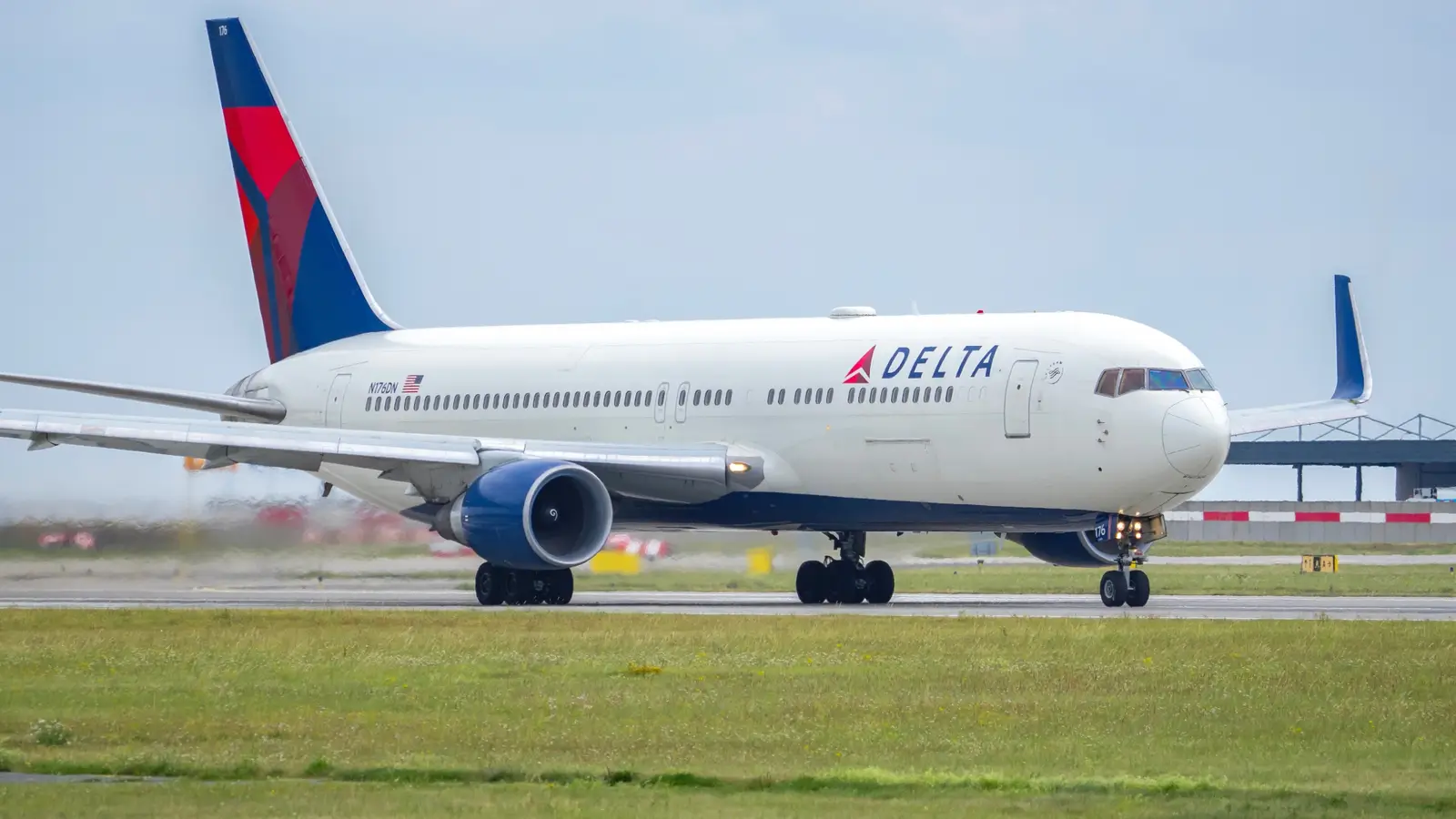Copyright Simple Flying

Boeing launched the 767 program back in 1978 to fill a clear market gap for a twin-engine widebody that could operate both transcontinental and intercontinental flights. The type entered commercial service in 1982 with United Airlines and quickly proved popular among major carriers. Over the years, the US planemaker produced five passenger variants, with the last aircraft delivered in 2014. That said, Boeing continues to produce the freighter version of the aircraft, which remains popular among cargo operators worldwide. Overall, on the passenger front, several airlines, including American Airlines and Delta Air Lines, added the 767 to their long-haul fleets and utilized it for routes that required range and capacity but not the size of a 747. According to ch-aviation data, more than 180 Boeing 767s are still in active passenger service today, with Delta and United operating the largest fleets. Japan’s Domestic Market Dominates Boeing 767 Usage Data from aviation analytics provider Cirium shows airlines around the world have scheduled more than 165,500 Boeing 767 flights in 2025. This month alone, nearly 12,700 flights are being operated by the type. Indeed, many of these are short- and medium-haul routes, but United and Delta both deploy the type on some of their transatlantic services as well. Overall, the 767 plays a major role in domestic operations in Japan. All Nippon Airways (ANA) deploys the aircraft on several high-demand routes such as Tokyo Haneda to Sapporo, Osaka, and Kumamoto, with multiple daily departures. In November, the Tokyo Haneda–Sapporo route will see the highest number of 767 flights globally, with up to ten daily one-way services using the Boeing 767-300ER, offering roughly 27,760 one-way seats. It is not unusual for Japanese airlines to use widebodies on short-haul routes, especially at slot-constrained airports where maximizing capacity per flight is essential. Japan Airlines (JAL) follows a similar strategy; it operates the 767-300ER on dense domestic routes such as Tokyo Haneda to Kumamoto, Osaka, Izumo, and Okinawa. Both carriers have long cited slot limits and strong demand as the main reasons for maintaining widebody operations on short sectors. The Boeing 767 Still Anchors Major Transatlantic And US Domestic Flights Beyond Japan, the Boeing 767 remains a key aircraft on transatlantic and major US domestic routes. United continues to rely heavily on the type across its transatlantic network. As noted above in the table, it operates up to seven daily flights between Newark and London Heathrow using the 767-300ER, which features 46 Polaris business class suites, 22 Premium Plus recliners, 43 Economy Plus seats, and 56 standard economy seats. United also operates three daily flights between Chicago O'Hare and London Heathrow with the same configuration. In addition, its 767 fleet also serves several other transatlantic destinations from United’s key hubs (Newark, Chicago, Washington Dulles, and Houston), including Amsterdam, Barcelona, Berlin, Paris Charles de Gaulle, Madrid, Venice, Dublin, Rome, Geneva, Zurich, and Lisbon. Delta Air Lines, meanwhile, deploys its 767s on multiple transatlantic routes, including Atlanta–London Heathrow, Madrid, and Barcelona; Boston–Lisbon; and New York JFK to London Heathrow, Dublin, Lisbon, Madrid, Milan Malpensa, Zurich, and Paris. Each of these routes sees one daily 767 flight. Domestically, however, the airline makes even greater use of the type. It relies heavily on the type for high-demand transcontinental services, particularly between Los Angeles and New York JFK, with up to nine daily flights in each direction using the 767-300. The aircraft, which features 18 first class, 26 business class, and 172 economy seats, is also deployed up to six times daily between New York JFK and San Francisco. US carriers often deploy widebodies like the 767 on such routes due to strong demand for premium cabins and to maximize capacity on slot-constrained airports. Furthermore, the aircraft is also used on several leisure and hub-to-hub routes. Delta, for instance, flies its 767-300ERs and 767-400ERs between Los Angeles and Honolulu three times daily and continues to operate it on routes such as Salt Lake City–Honolulu, Atlanta–Phoenix, Atlanta–Salt Lake City, Atlanta–Orlando, Los Angeles–Maui, and Atlanta–Los Angeles. Four Decades Later, Airlines Prepare To Bid Farewell To The Boeing 767 It has been more than four decades since the Boeing 767 first took to the skies. The aircraft was the US planemaker’s answer to Airbus’s A300, the world’s first twin-engine widebody jet. At the time, airlines started to shift toward twin-engine aircraft for better fuel efficiency and lower operating costs. Boeing seized that opportunity and developed the 767 as a long-haul twinjet that would go on to serve airlines worldwide for decades. Over the years, most carriers have phased out the type in favor of newer, more efficient widebodies, yet several major airlines continue to operate it. Delta and United are currently the largest operators of the 767 family. Both carriers fly a mix of 767-300ER and 767-400ER variants. The former currently operates 39 767-300ERs and 21 767-400ERs, while the latter flies 37 767-300ERs and 16 767-400ERs. In Asia, JAL and ANA maintain sizable 767-300ER fleets, with 24 and 15 aircraft in their fleets, respectively.



